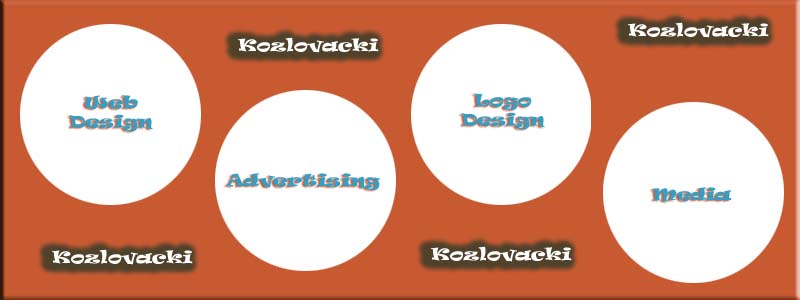Too often, amateur web designers focus exclusively on the content they want on their site at the expense of site structure, and it cripples their ability to get their site to function the way they want it to. Whether you're just designing a straightforward informational page about a basic mechanical product (such as in this example) or creating a comprehensive indexable site for the public to access your thesis research, the first step in designing your page should be to determine the appropriate site structure, just as you would lay out a plan before writing an essay. This page will give you an introduction to designing site structures.
The internet has been around for a long time and by the time most people arrive at your website, they will already have been to hundreds or thousands of other sites and will expect yours to navigate in the same way. They will expect a homepage with basic information about your subject, and at least one tier of pages that provide information, presented in some sort of navigation bar or drop down list so that any page in the same tier can be accessed from any other.
Depending on how much information you have to display, you may want to have more than one tier of information. A website for Brantford garbage bins does not need an extra tier, but if you are running an entertainment site you might have one tier for blog "frontpages" on topics like movies, TV, and music, followed by a tier underneath of articles and reviews relating to each topic. It's best to keep pages short and sweet, but remember that the more pages you split your information into the more complicated it will be to navigate your website.
The more complex your navigation scheme is, the more important a site map becomes. Site maps are representations of the navigation structure of your webpage that provide links to every page in your site, much like the table of contents in a book, with chapters and subject headings. Every page on the site should contain a link to the sitemap as well as a way to get back to the homepage and a way to jump backward to the previous tier. It is not necessary to adorn each page with a massive list of links. That's why drop down menus and navigation bars exist.
This flowchart/family tree style of navigation is widely used in websites, but it is not the only option when it comes to structuring your site. You might have simply a homepage if all you need is an online brochure for your company. You might use a blog structure with categories, tags, and dated archives if you want to chronicle your journey, or you might create a series of pages that link in a circle if you want to display information in a book-like format. Whichever way is more suited to your subject, the key is advance planning.
| 